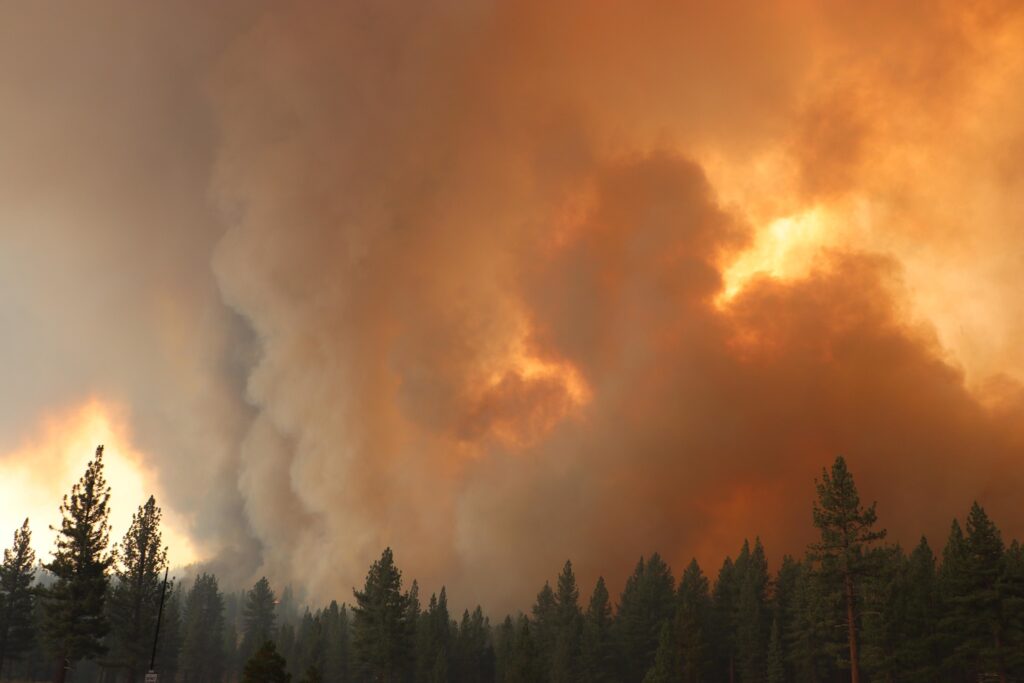
A public comment submitted to the Environmental Protection Agency on its proposal to lower the National Ambient Air Quality Standards for particulate matter.
Main Points
- Prescribed fire is a critical tool for tackling the biggest source of particulate matter—wildfire smoke
- The disparate treatment given wildfire smoke and prescribed fire smoke makes it more difficult to reduce particulate matter pollution
- EPA’s proposal to lower the particulate matter standard without first fixing barriers to prescribed fire could worsen air quality and extend the wildfire crisis
Introduction
While reducing PM2.5 would benefit public health, simply lowering the standard may not translate into actual reductions. The western United States is in the midst of a wildfire crisis that threatens communities, watersheds, forest ecosystems, and air quality. Indeed, smoke from catastrophic wildfires is already the most significant source of PM2.5 and is likely to continue growing.
Lowering the standard will do nothing to address this problem because wildfire smoke is routinely excluded from this standard as an “exceptional event.” It will, however, penalize one of our most effective tools for tackling the wildfire crisis and reducing wildfire smoke—prescribed fire.
Despite being less harmful, the smoke from prescribed fire counts against the standard. PERC urges EPA to address this imbalance before lowering the standard. Doing so is necessary to help federal agencies, states, tribes, and private parties restore “good fire” at the scale needed to fix America’s forests.



